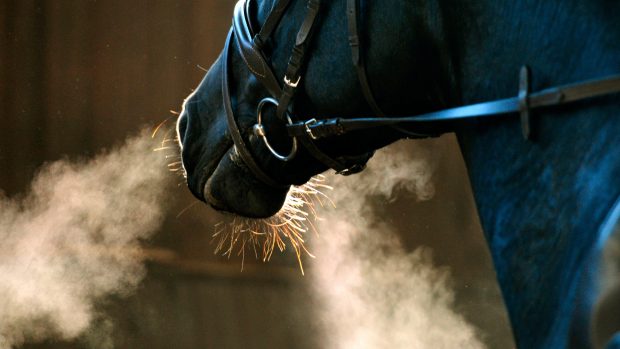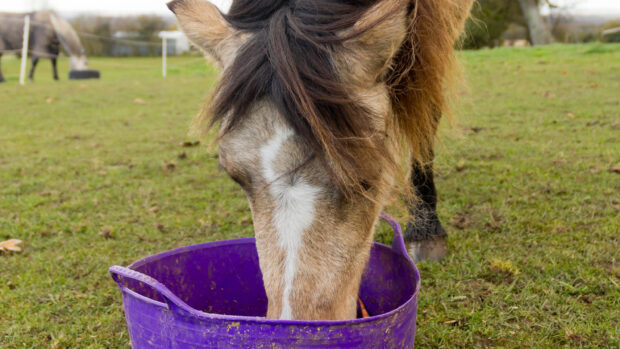Supplements exist in a wider variety of forms than regular feeds – from powders, liquids, small pellets and herbal blends to pastes.
They are a different form of feed. In fact, EU animal feed legislation does not recognise the term “supplement”, officially categorising them as “complementary feeding stuffs” (CFS).
This means that compound feeds and CFS are classified in the same way, the only difference being the size of the daily dose.
CFS are a way of fine tuning a horse’s individual diet and they fall into one of two categories. First, broad-spectrum supplements are designed to make up shortfalls in the diet.
Second, and comprising a greater proportion of what’s on the shelves, are those that promise some specific action (nutraceuticals).
We administer a nutraceutical in the hope that it will provide support – for a horse with stiff joints, for example. Nutraceuticals promising to support these conditions are a low-risk and relatively inexpensive way of improving the situation.
The downside is that many specialist CFS have no direct proof that they work. It is often a case of try it and see or following a trusted recommendation.
Beware the pitfalls of stocking up on supplements
Always read the label
While the presence of the important ingredient is vital in a supplement, more important is the amount of that nutrient that is supplied per recommended dose.
The label of the product may well indicate high levels per kilo, but then suggest a dose of 15g, which means the nutrients are present at 1/40th of the amounts declared. Equally, joint supplements vary from 2g to 7g of glucosamine per dose.
Keeping an eye on prohibited substances
If you compete, avoiding prohibited substances is critical. The FEI and Jockey Club (JC) monitor the use of substances that have an effect on the body’s organs. The list is defined by what can be tested for in the horse’s blood or urine.
The most recent addition to the list was valerian, a proven sedative. If in any doubt, especially with calmers, check with the manufacturer about the status of the product.
Although not prohibited by the FEI or JC, glucosamine and MSM are banned for use in feed in Germany and Denmark.
The legislation trap
The laws governing medicines are tight and medicine manufacturers operate under strict controls.
Producing feedstuffs is highly regulated, but not in the same league as drugs. Feeds – as supplements are classed – are by law not allowed to make health promoting, restorative or curative claims.
Don’t forget to check how long your supplements will last. What may seem expensive may last a long time, and what seems like a bargain could be gone in a couple of weeks.
Overdoing it
Just because one scoop is effective, doubling the dose or adding a similar product on trop may not be helpful, especially if it unbalances the system or even approaches toxic levels.
It is very easy to get close to feeding toxic levels of selenium. Research opinion states that as little as 5mg per day adversely affects hoof integrity.
Compound feeds are usually well supplemented with selenium: feeding 5kg of a feed with selenium content of 0.3mg/kg and using two supplements that deliver 1mg per dose each – such as a tying up supplement and a performance supplement – begins to get perilously close to that threshold.
High levels of vitamin A are also detrimental, this time to tissue integrity, and can decrease appetite.
Calcium and Phosphorus have an optimal ration in the total diet of between 1.5-2.1 Over-supplementation of one or the other without looking at the big picture is harmful.
Copper and zinc should be kept in a whole dies ration of one part copper to four parts zinc, otherwise one begins to cancel out the other.
See the full supplement special, with advice on new, old and great value products, ranging from respiratory support products to hormonal products, in this week’s Horse & Hound, on sale now



 Get up to 19 issues FREE
Get up to 19 issues FREE TO SUBSCRIBE
TO SUBSCRIBE 


